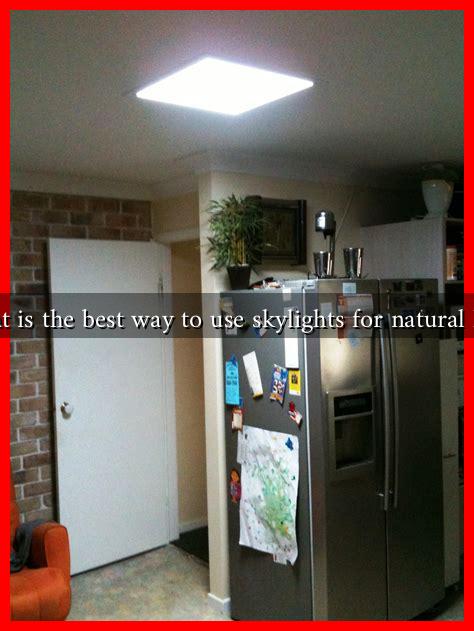-
Table of Contents
What is the Best Way to Use Skylights for Natural Light?
Skylights are an excellent architectural feature that can transform a space by flooding it with natural light. They not only enhance the aesthetic appeal of a room but also contribute to energy efficiency and overall well-being. In this article, we will explore the best ways to use skylights for natural light, including their benefits, placement strategies, and maintenance tips.
The Benefits of Skylights
Before diving into the best practices for using skylights, it’s essential to understand their benefits:
- Natural Illumination: Skylights provide a source of natural light that can reduce the need for artificial lighting, leading to lower energy bills.
- Improved Mood: Exposure to natural light has been linked to improved mood and productivity. Studies show that natural light can enhance cognitive function and reduce stress levels.
- Energy Efficiency: By utilizing natural light, skylights can help decrease reliance on electricity, making homes more energy-efficient.
- Enhanced Aesthetics: Skylights can create a visually appealing focal point in a room, making spaces feel larger and more inviting.
Choosing the Right Type of Skylight
When considering skylights, it’s crucial to choose the right type for your space. Here are some common types:
- Fixed Skylights: These are non-operable and are designed solely for light transmission.
- Ventilating Skylights: These can be opened to allow fresh air into the space, improving ventilation.
- Tubular Skylights: Ideal for smaller spaces, these use reflective tubes to channel light from the roof into the interior.
Each type has its advantages, and the choice depends on the specific needs of your space.
Optimal Placement of Skylights
The placement of skylights is critical to maximizing natural light. Here are some strategies:
- Consider Orientation: South-facing skylights receive the most sunlight throughout the day, while north-facing ones provide softer, diffused light.
- Room Functionality: Place skylights in areas where natural light is most beneficial, such as kitchens, living rooms, and home offices.
- Height Matters: Installing skylights higher up can allow for more light to enter while minimizing glare.
For example, a study conducted by the National Renewable Energy Laboratory found that homes with strategically placed skylights can reduce energy costs by up to 30%.
Design Considerations
Incorporating skylights into your design requires careful consideration:
- Size and Shape: Larger skylights can provide more light but may require additional structural support. Consider the shape that best fits your architectural style.
- Glazing Options: Choose double or triple-glazed skylights for better insulation and energy efficiency.
- Shading Solutions: Use shades or blinds to control light levels and reduce heat gain during summer months.
Maintenance Tips for Skylights
To ensure your skylights continue to function effectively, regular maintenance is essential:
- Clean Regularly: Dust and debris can accumulate on skylights, reducing their effectiveness. Clean them at least twice a year.
- Inspect Seals: Check for leaks or damaged seals, especially after severe weather.
- Consider Professional Help: If you notice any issues, consult a professional to assess and repair your skylights.
Conclusion
Skylights are a powerful tool for enhancing natural light in your home. By understanding their benefits, choosing the right type, optimizing placement, and considering design elements, you can create a bright and inviting space. Regular maintenance will ensure that your skylights continue to provide the benefits of natural light for years to come. For more information on skylight options and installation, visit Energy.gov.
In summary, the best way to use skylights for natural light involves thoughtful planning and execution. By leveraging their advantages, you can significantly improve your living environment while also contributing to energy efficiency and sustainability.


